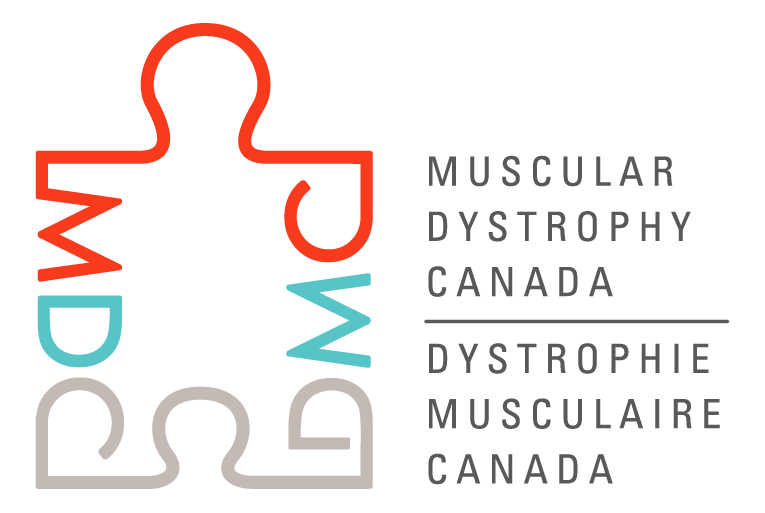Spinraza decision signals the need for a Canadian Rare Disease (or Orphan Drug) Framework
The drug review and approval process in Canada is complex. Many agencies from Health Canada, to Canadian Agency for Drugs and Technologies in Health (CADTH) and Institut national d’excellence en santé et en services sociaux (INESSS), to the Pan-Canadian Pharmaceutical Alliance and each individual provincial and territorial governments all share in the decision-making.
While ensuring real world evidence and improved health outcomes should be at the top of the list of considerations, cost becomes a significant determining factor. We understand that governments are faced with significant healthcare challenges and budgets are strained. However, timely and equitable access to care is the foundation of the Canadian health care system. It is the value we share, one that defines us and our health care system.
That is why the recent decision released by CADTH on March 1, 2019 related to the use of Spinraza to treat Spinal Muscular Atrophy (SMA) types 1, 2, 3 and 4, a rare neuromuscular disorder, cannot and should not be ignored. read more
With this one decision, the neuromuscular community and the entire rare disease community is wondering whether we will ever have timely and equitable access to care. This decision has highlighted the fact that Canada desperately needs to redefine an approach to the treatment and management of rare diseases.
Health Canada defines rare diseases as life-threatening, debilitating or serious and chronic conditions that affect a small number of individuals. It is estimated that about 1 in 12 Canadians are affected by a rare disorder, the majority of who are children. The 160 plus neuromuscular disorders that fall under the umbrella of Muscular Dystrophy Canada are part of the rare disease landscape.
SMA affects patients with widely ranging degrees of severity depending on age of onset. SMA Type I presents by the age of six months and is the most common genetic cause of infant mortality. In SMA Type II, age of onset is six to 18 months, and patients have delayed motor milestones, respiratory issues and possibly shortened life expectancy. SMA Type III patients are those with onset from 18 months to 18 years of age, and they experience muscle weakness. SMA Type IV is adult onset with varying degrees of muscle weakness. Common to all types of SMA is a progressive decline in muscle function.
SMA causes major problems with walking, muscle strength, fine motor skills, (deep) breathing, and swallowing or feeding. The inability to walk means relying on wheelchairs and other mobility aids and dealing with associated barriers. In more severe cases, patients cannot execute basic movements such as sitting up or feeding themselves.
Difficulty in breathing may lead to reliance on mechanical ventilation, and difficulty in swallowing may necessitate use of a feeding tube. For young adults, all of these difficulties present barriers to moving away from home, finding work, and making friends. There is also awareness of the burden placed on family members.
Nusinersen, marketed as Spinraza, is a medication used in treating SMA. An “antisense” drug, Spinraza is designed to target genetic instructions at the RNA stage (an intermediate step between DNA and the protein manufacturing stage inside cells), resulting in increased production of the needed survival motor neuron (SMN) protein.
In December 2016, Spinraza became the first approved drug in Canada to treat this disorder. It also has orphan drug designation in the United States and the European Union. In fact, clinical trials that involved testing Spinraza in infants and children were stopped prematurely based on early results that clearly showed participants receiving treatment with the drug were achieving significantly more motor milestones than those who were receiving a placebo. All participants in those trials were then invited to transition into an open-label study in which they all would receive the drug.
One parent described the treatment as a “miracle”. Demonstrated improvements include stronger breathing, speech, and coughing; increased physical strength, energy, and movement; ability to perform new actions such as holding one’s head up, rolling over, bearing weight on legs, raising arms and legs to and above the head, sitting or standing up with and without assistance, and using mobility aids. Parents also described faster and more complete recovery from illness and positive effects on mood and confidence.
CADTH and INESSS each undertook separate and distinct review processes that led to markedly different recommendations for access, with CADTH recommending significant restrictions on access, while INESSS recommended no such restrictions. This has led to “luck by postal code” access for SMA patients in Canada. In Quebec, and 13 countries (Germany, Austria, Italy, Luxembourg, Israel, Japan, Spain, Belgium, Romania, Hong Kong, Portugal, Poland, Scotland) broad reimbursement is provided – presymptomatic, for types 1-3.
Given that both organizations reviewed the same scientific evidence, how could the decisions be so markedly different? CADTH’s decision is not in keeping with what other countries around the world are recommending. It would seem that the process needs to be reconsidered.
CADTH has not developed a review process that is fitting for rare diseases. We should not ignore the patient experience related to improvements in quality of life. Small, incremental improvements can be life changing for our community. Going from being fed to being able to feed yourself or from not being able to stand to being able to walk has value and needs to be weighed more strongly as part of the overall review process.
On their website it says – CADTH believes that credible, objective evidence should inform every important health care decision. When you want to know what the evidence says, ask CADTH. We fully support the need for scientific evidence to drive the review process; however, this needs to be balanced with real-world evidence, and the patient experience is a critically important part of that real-world evidence.
In fact, in a recent report of the Standing Committee on Health entitled “Canadians Affected By Rare Diseases and Disorders: Improving Access To Treatment,” one of the 19 recommendations recognized the importance of this type of evidence. It states:
“That the Government of Canada provide funding through the Canadian Institute of Health Research for research into the diagnosis of patients with rare diseases and the collection of real-world evidence regarding the effectiveness of treatments for these conditions.”
The Report recommendations include various approaches to strengthen and streamline the regulatory process with the aim of improving access to drugs for rare diseases and are fully supported by MDC.
The CADTH decision sends a signal that incremental breakthroughs are not important – yet this is how science generally works, one finding builds upon another.
With this decision, the challenge now moves to the provinces to determine how they will approach Spinraza as part of a provincial formulary. MDC will work with the community and with regulators to continue to advocate for access for this life-changing treatment. In reviewing the CADTH recommendation, we ask governments to recognize the inequity this decision creates, and seriously consider how to expand the availability of this treatment for all patients across Canada.




